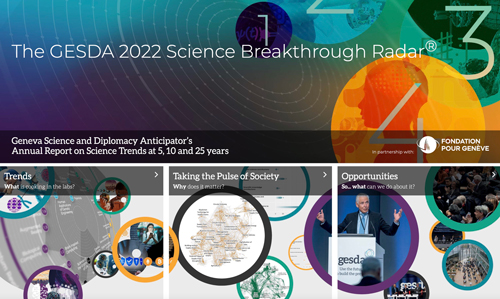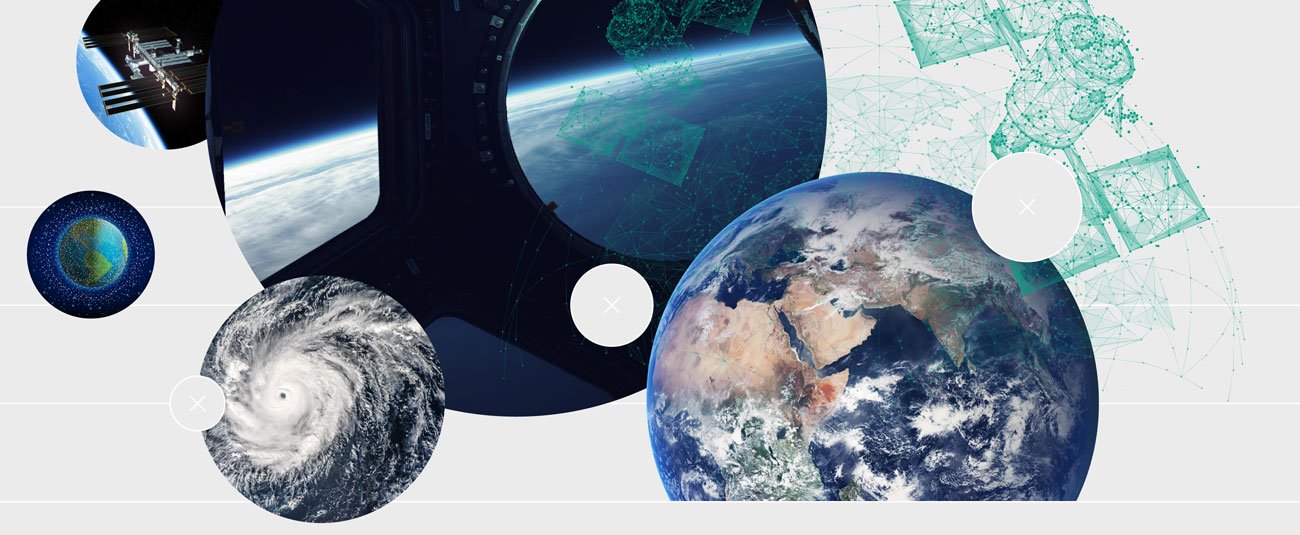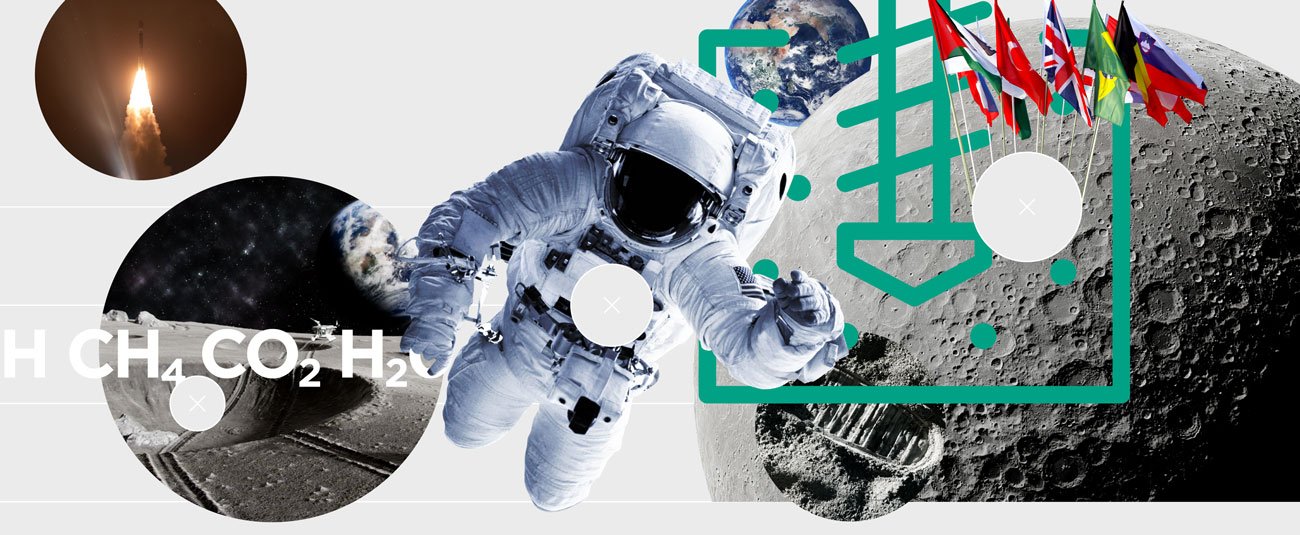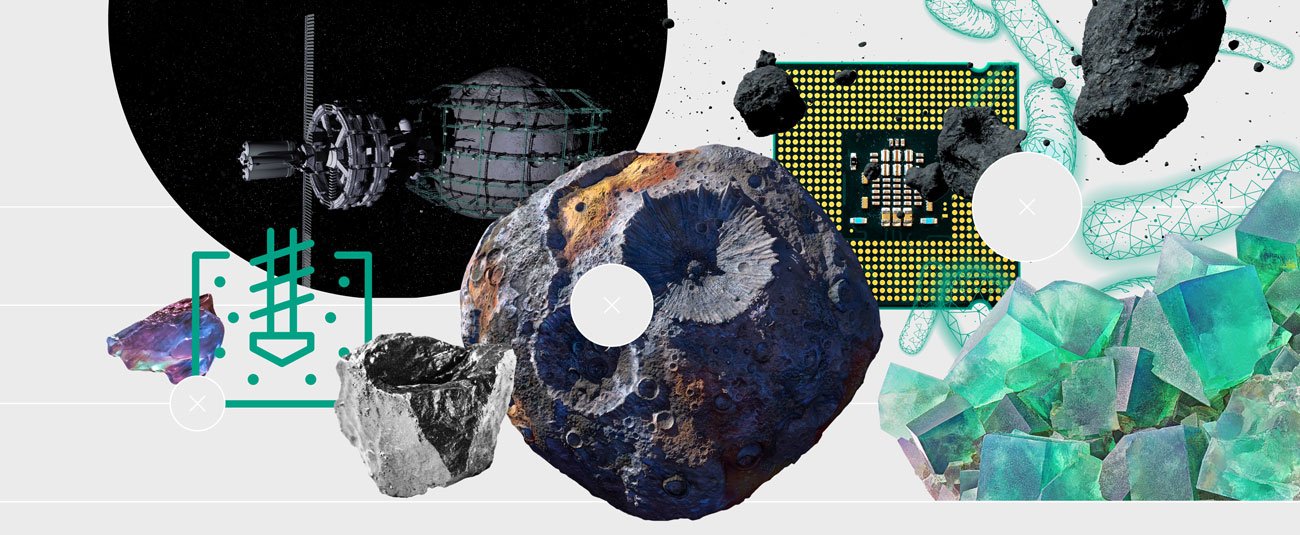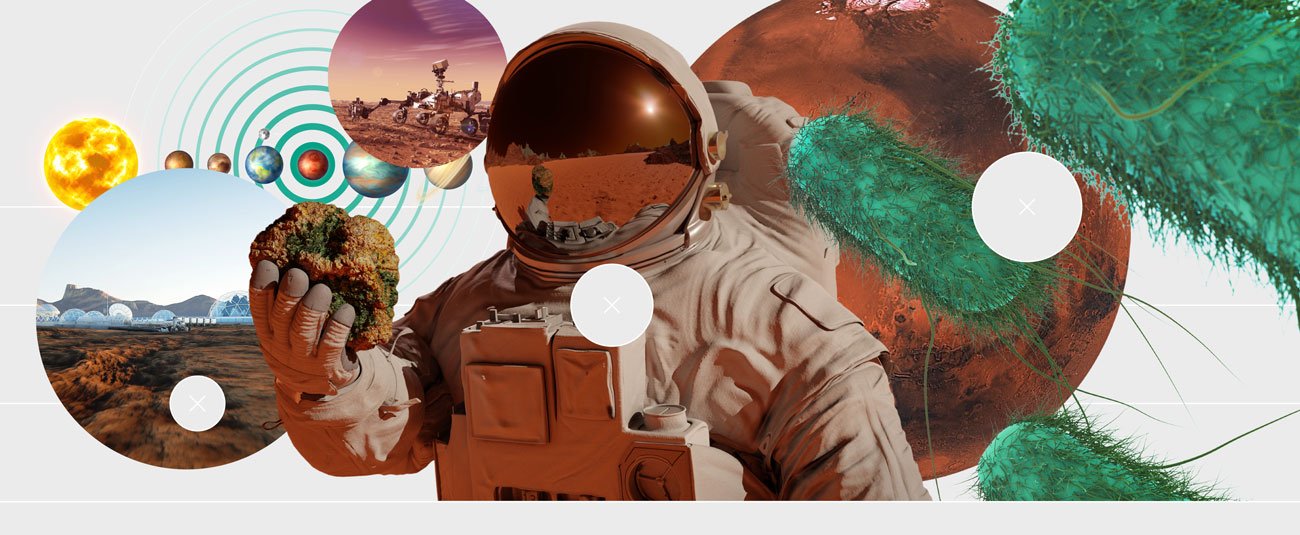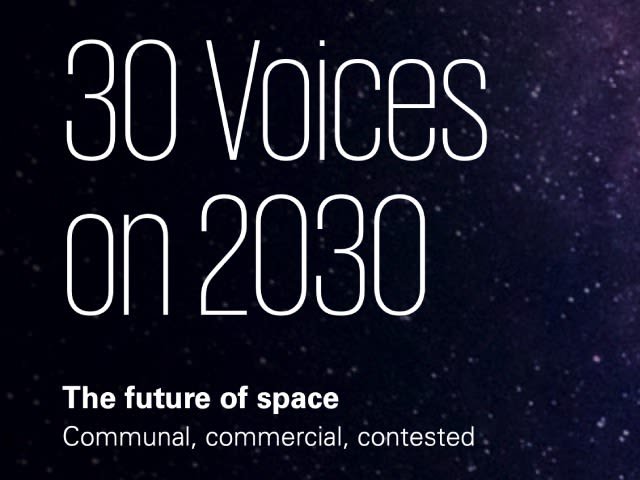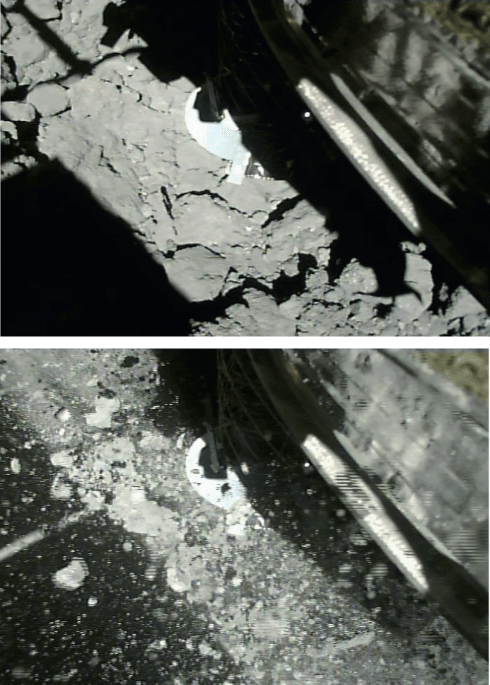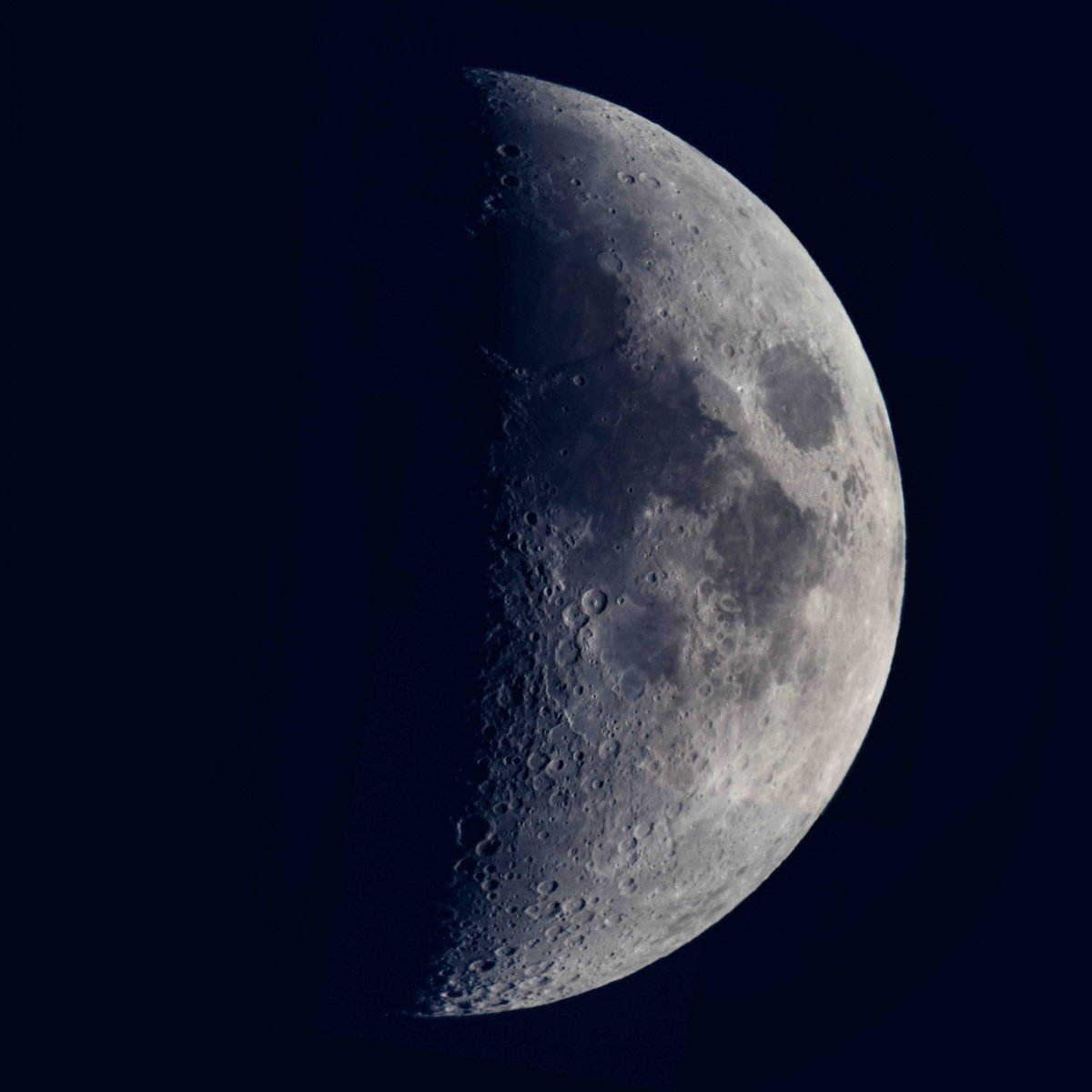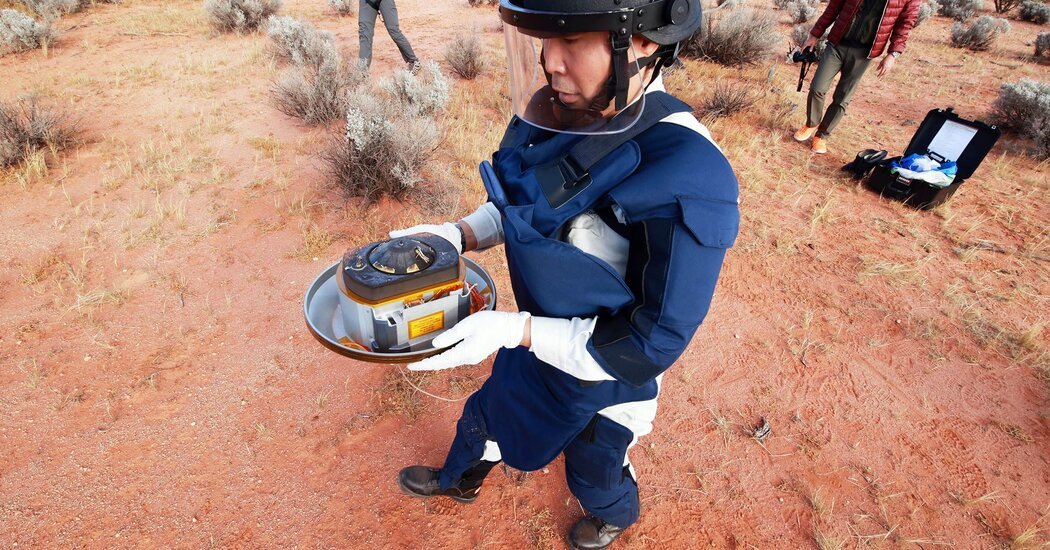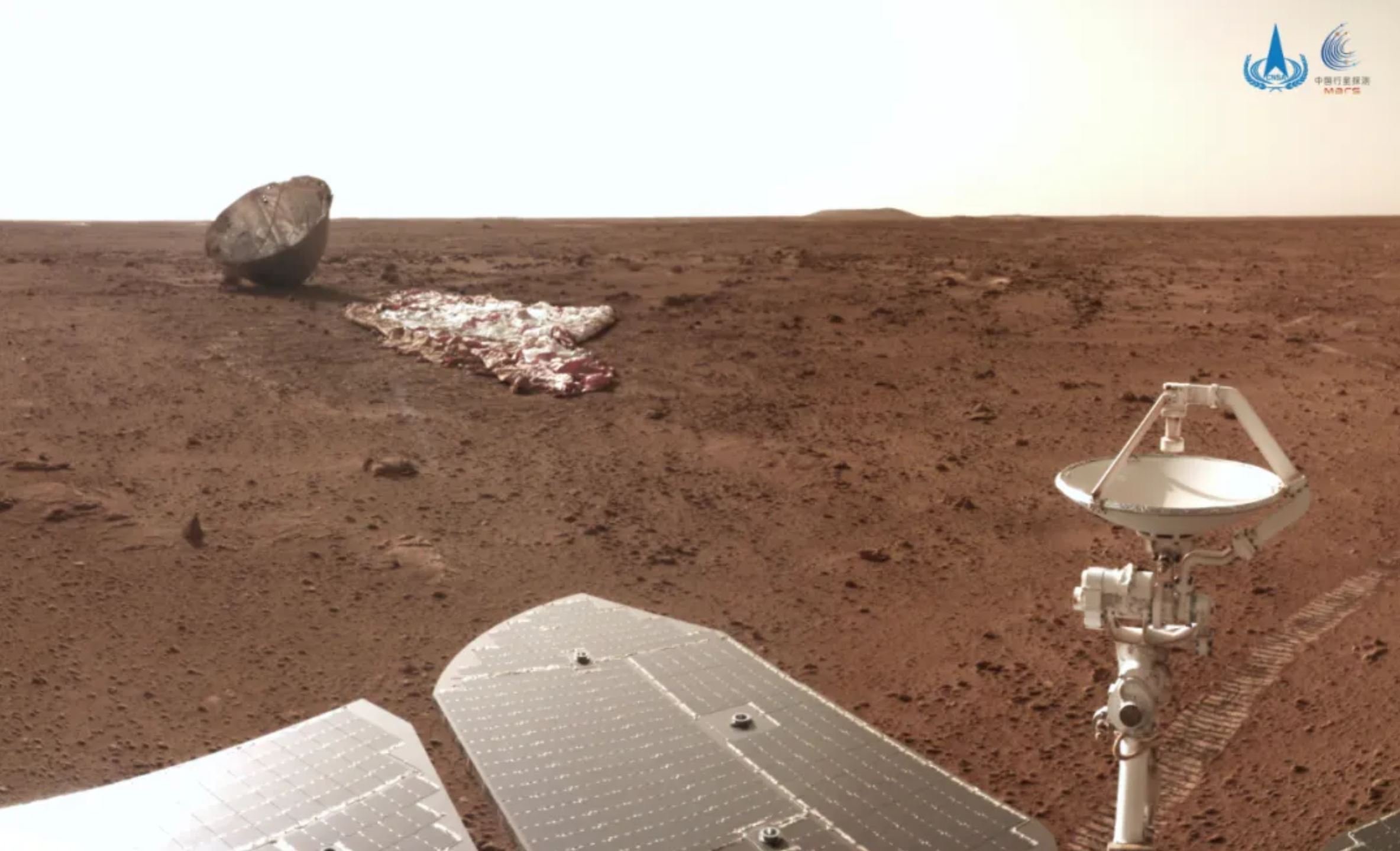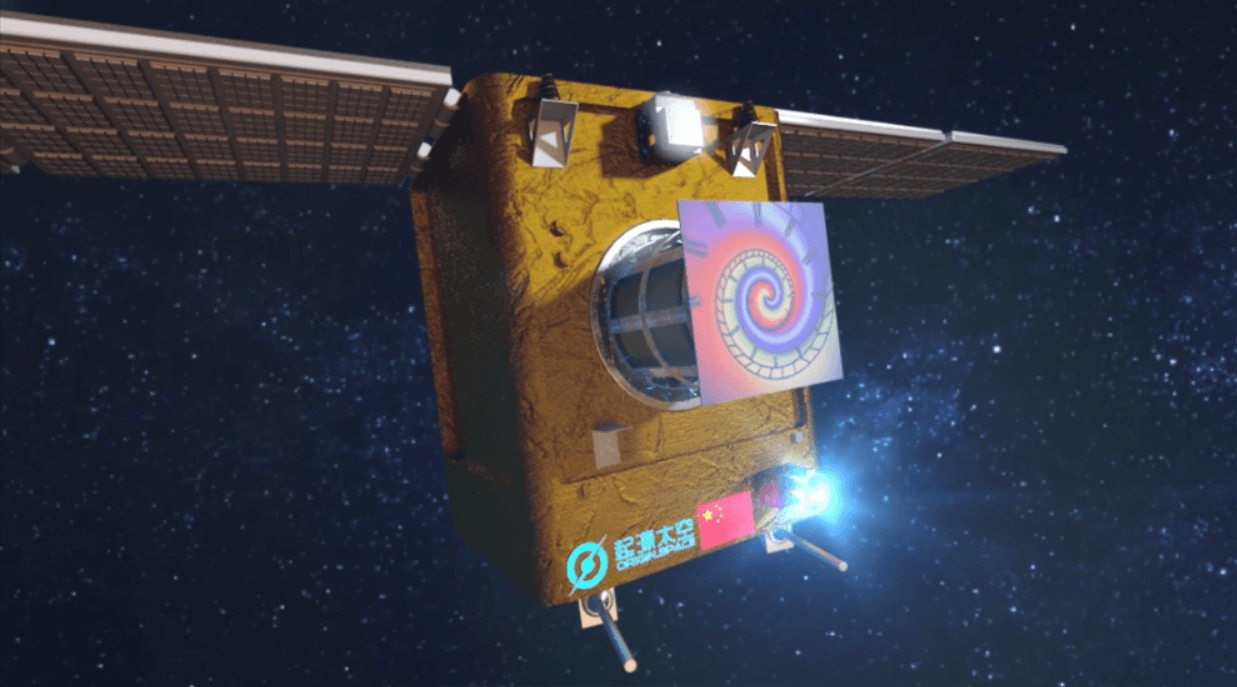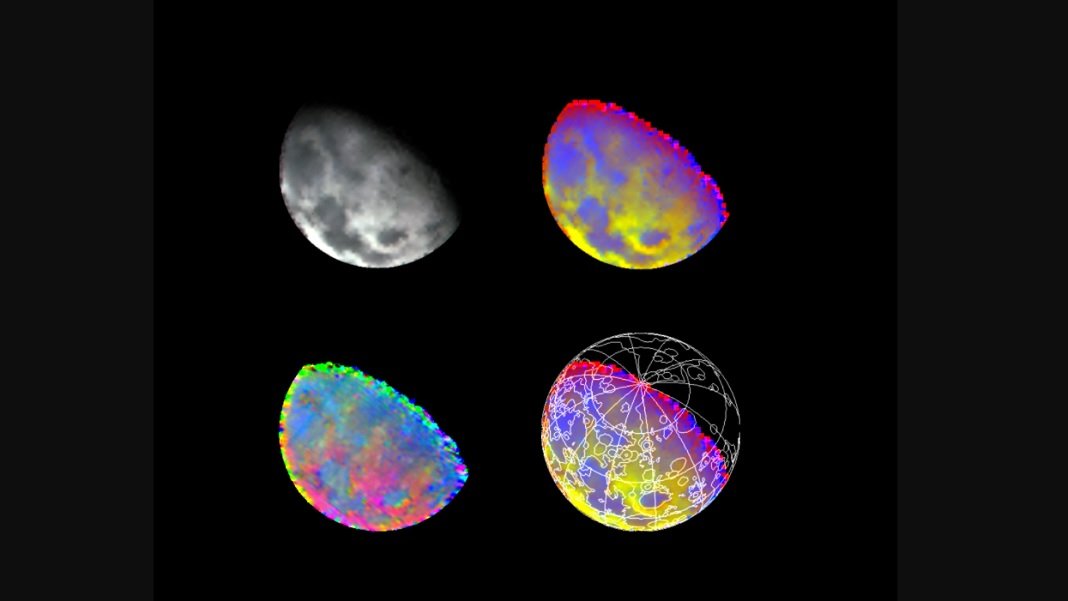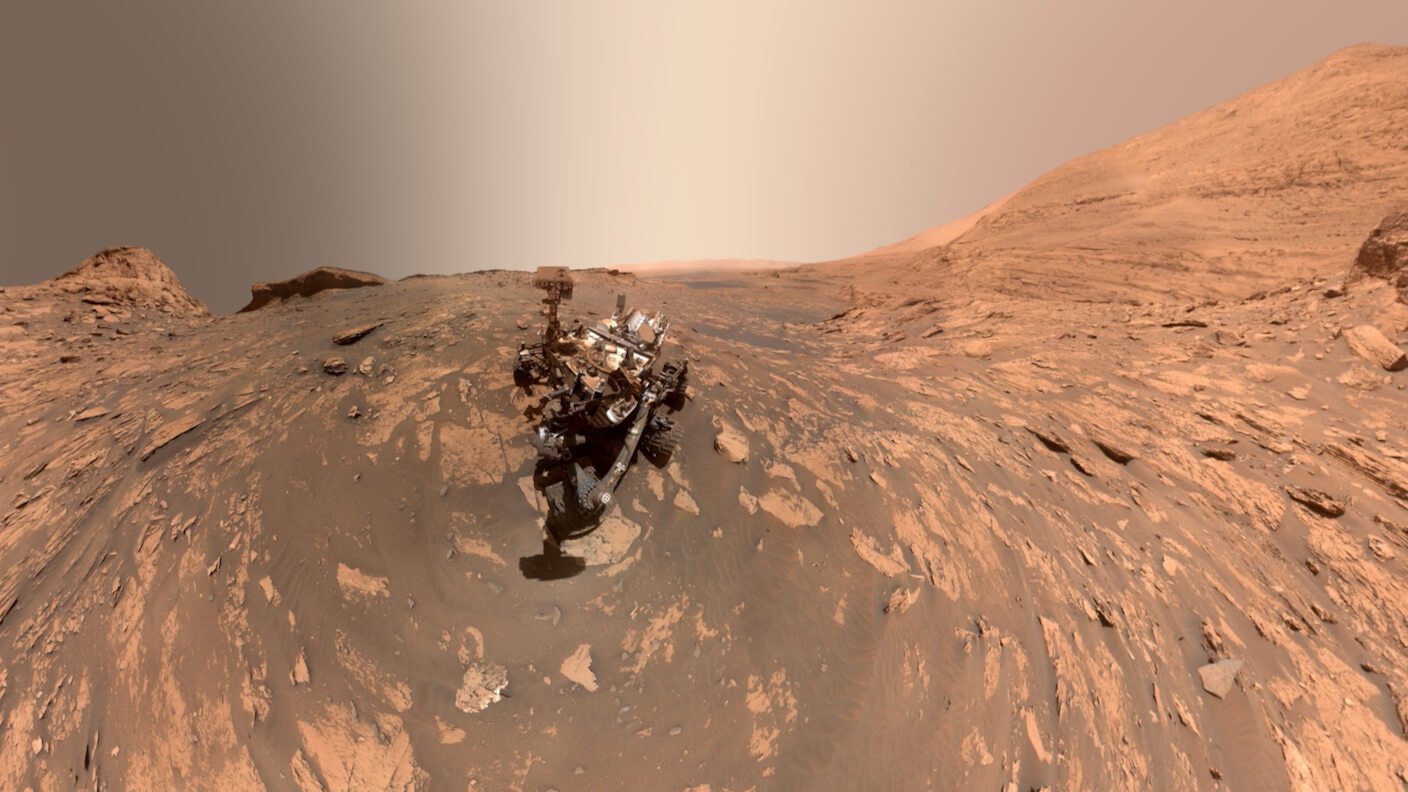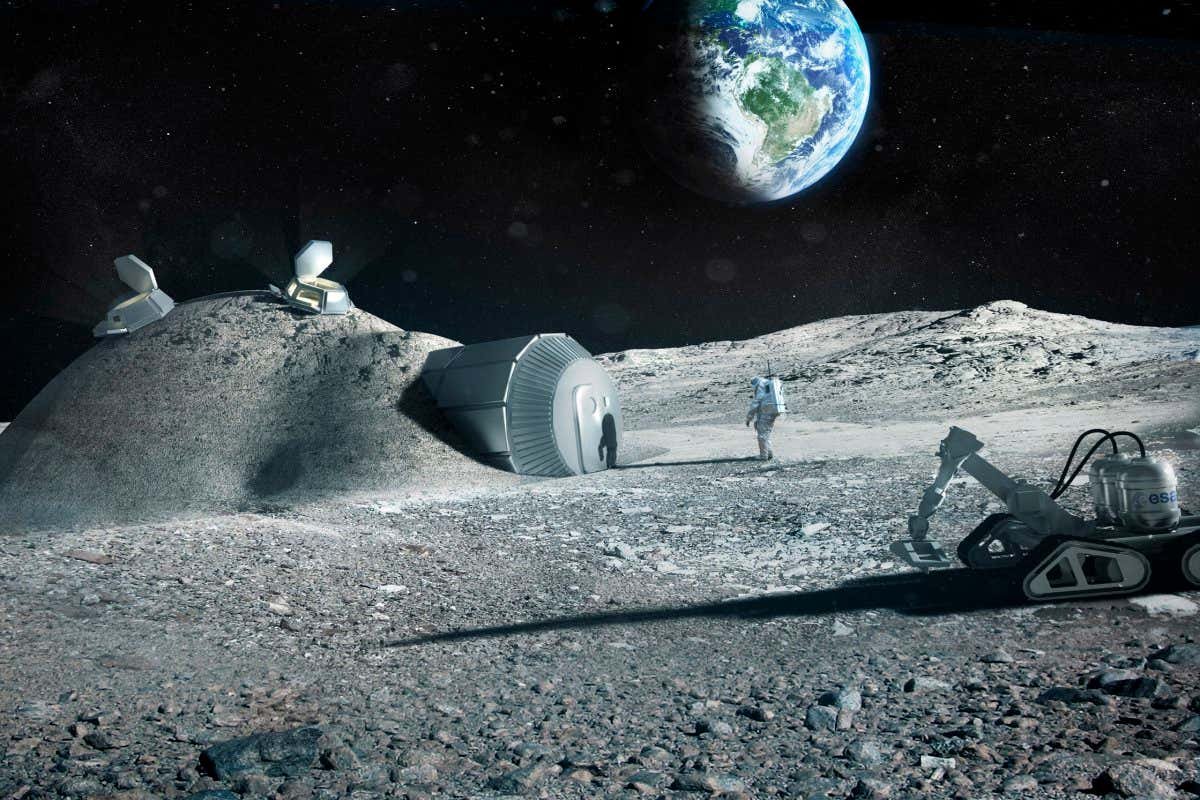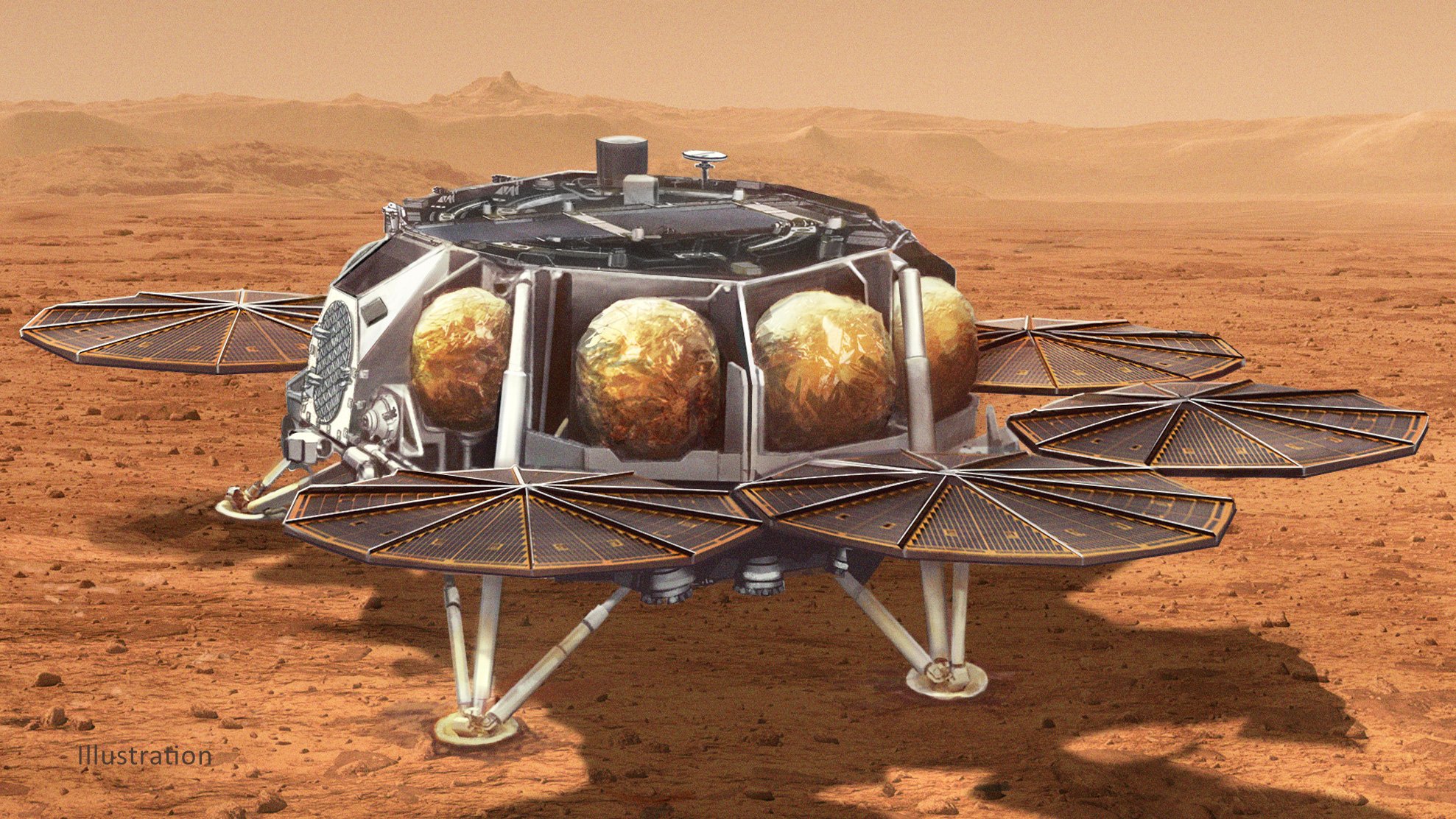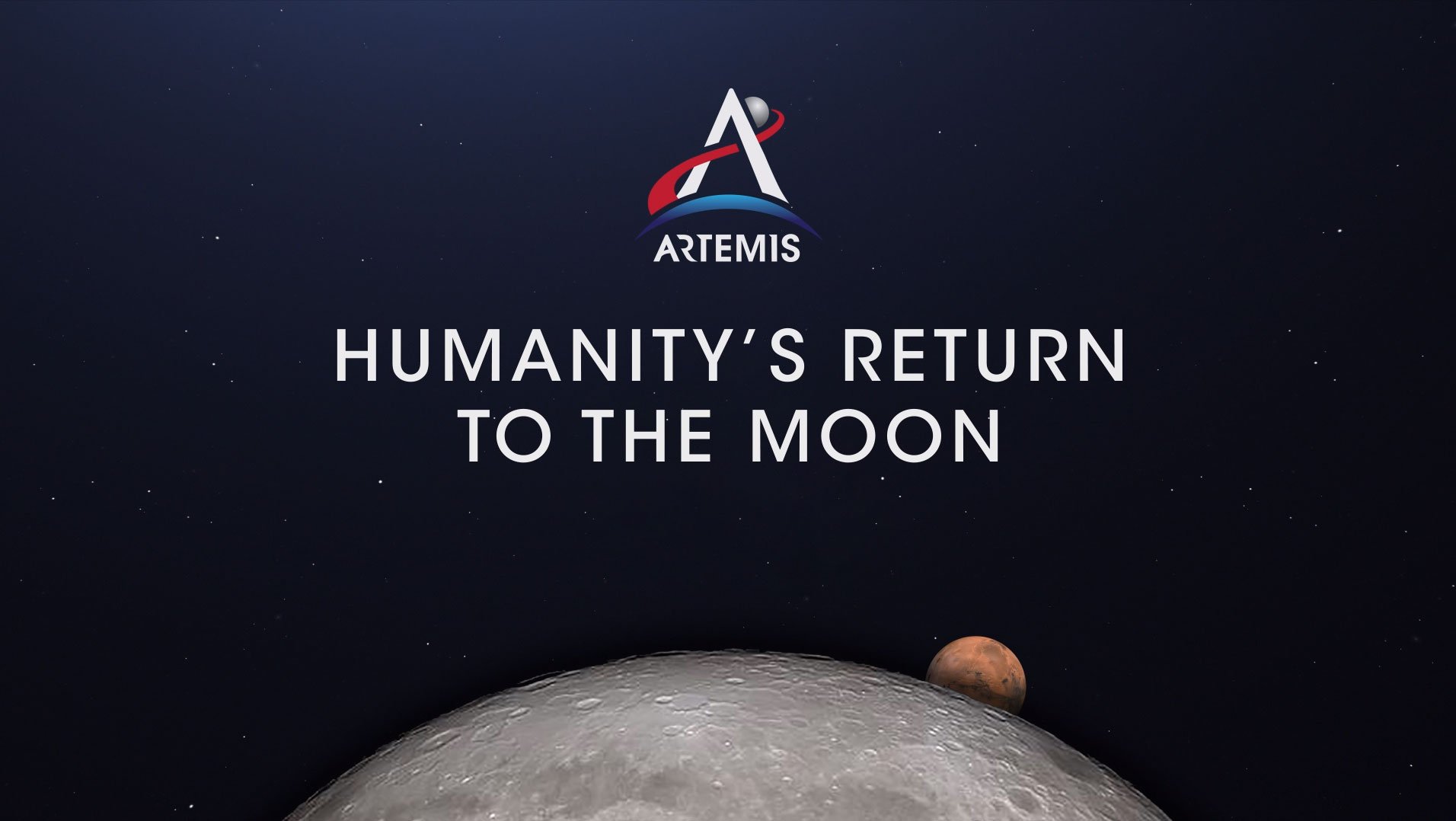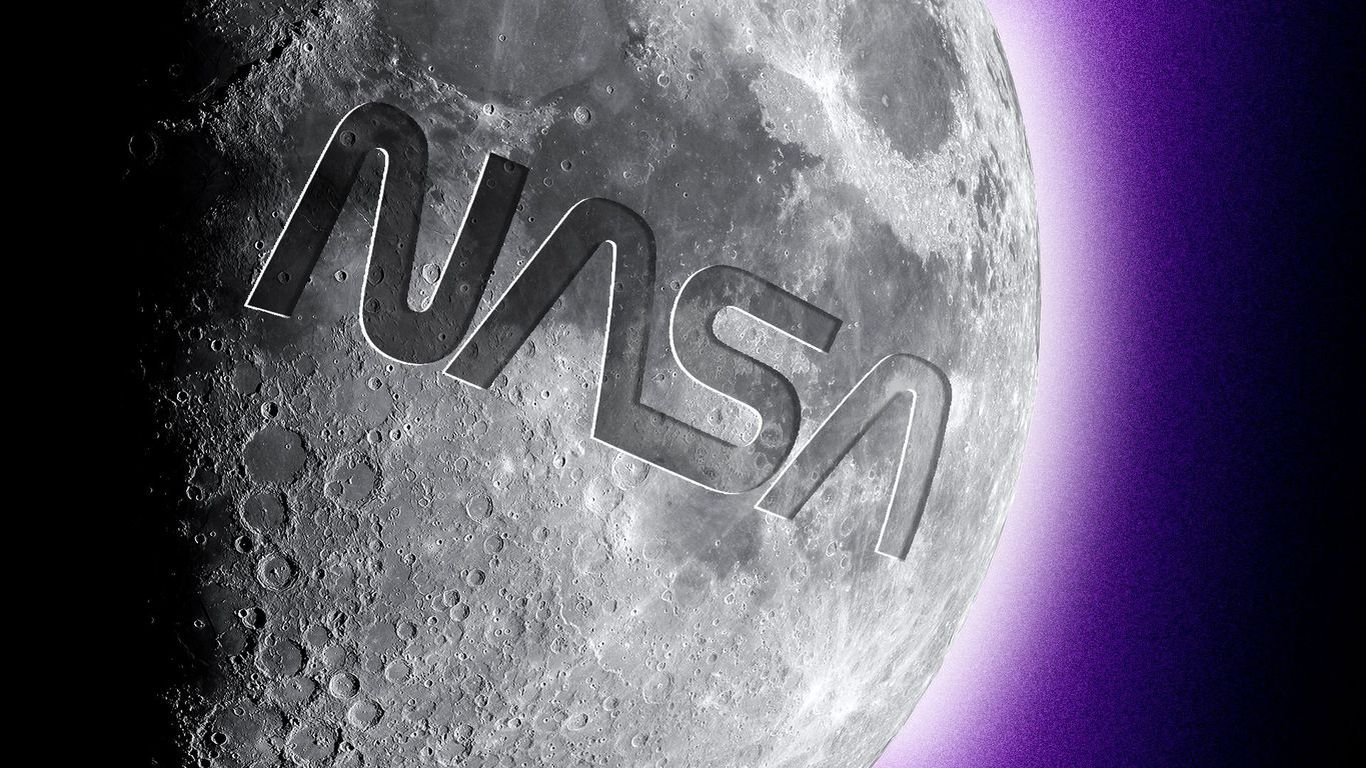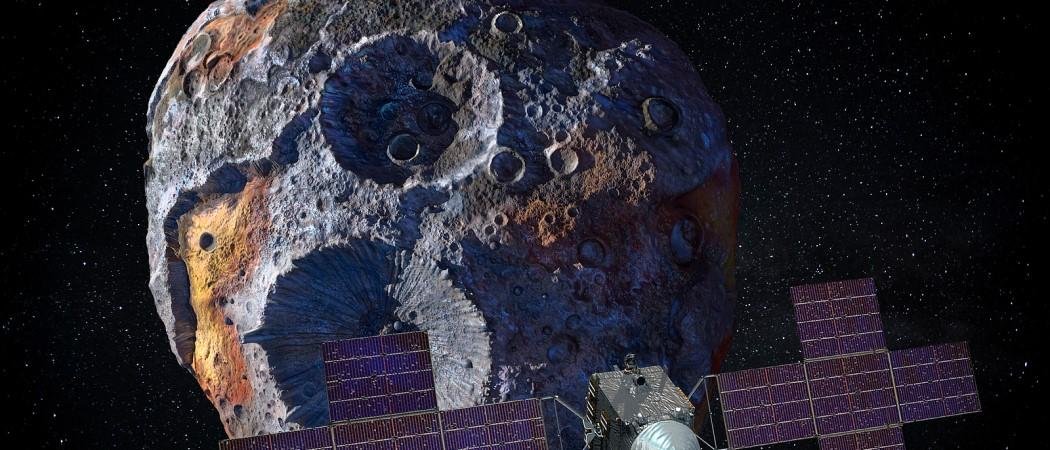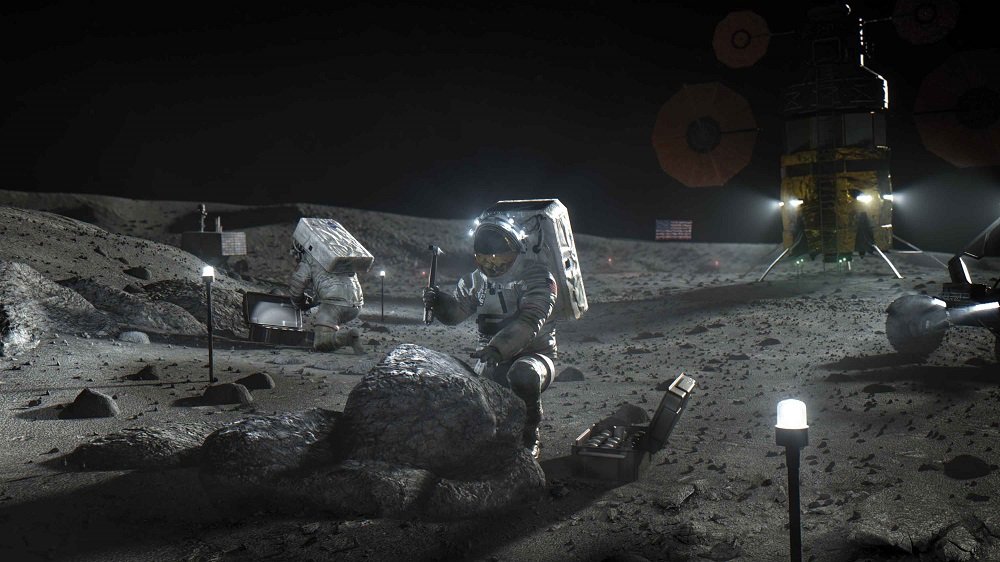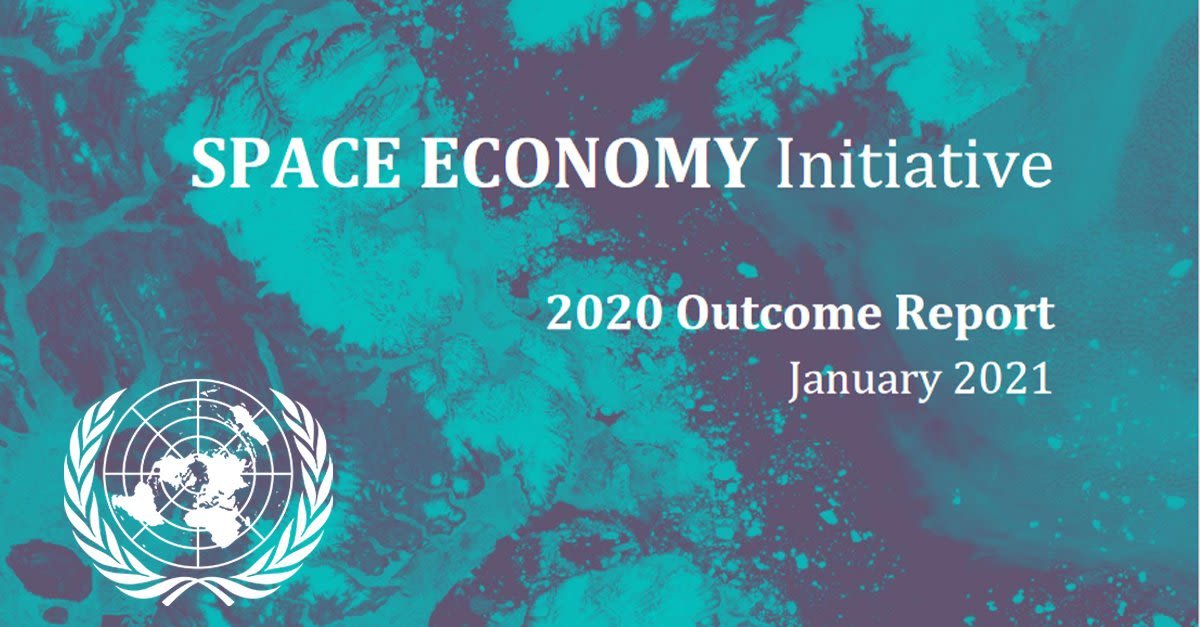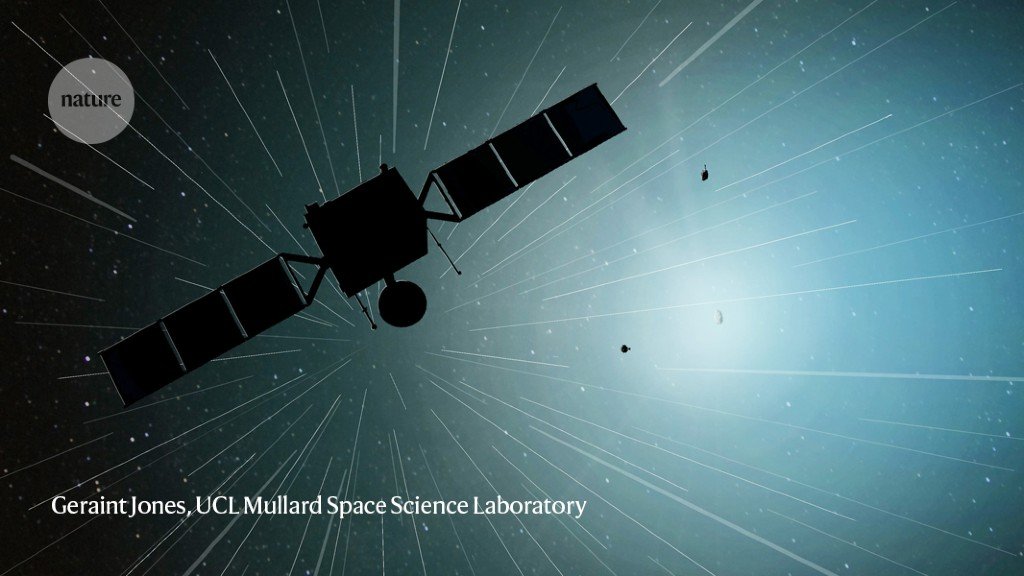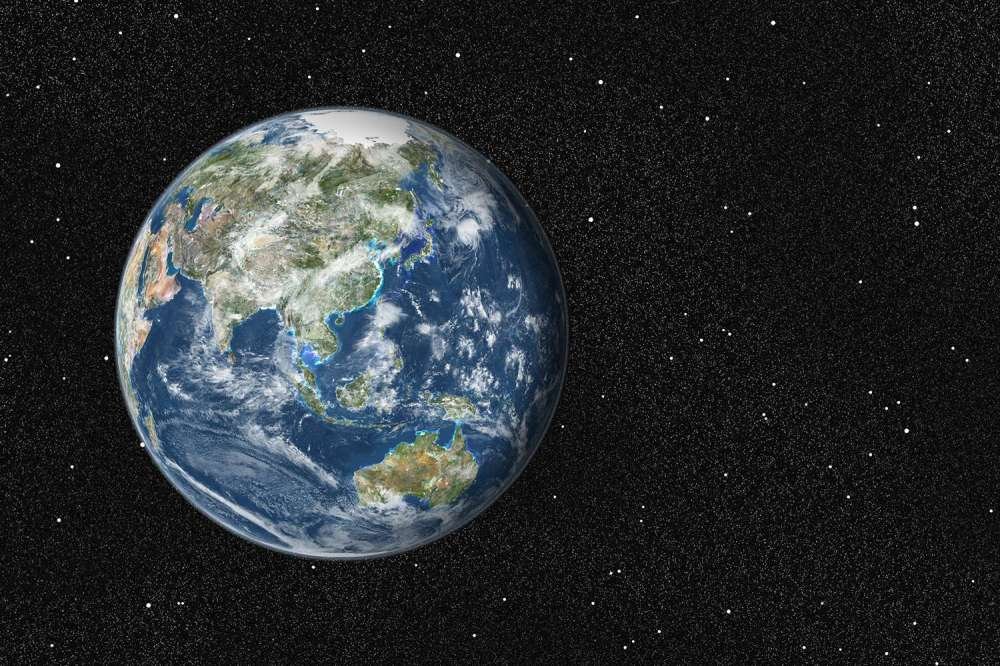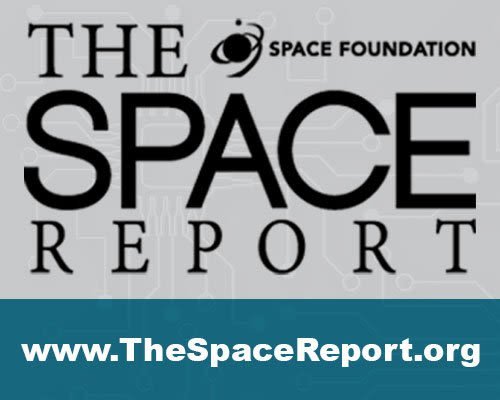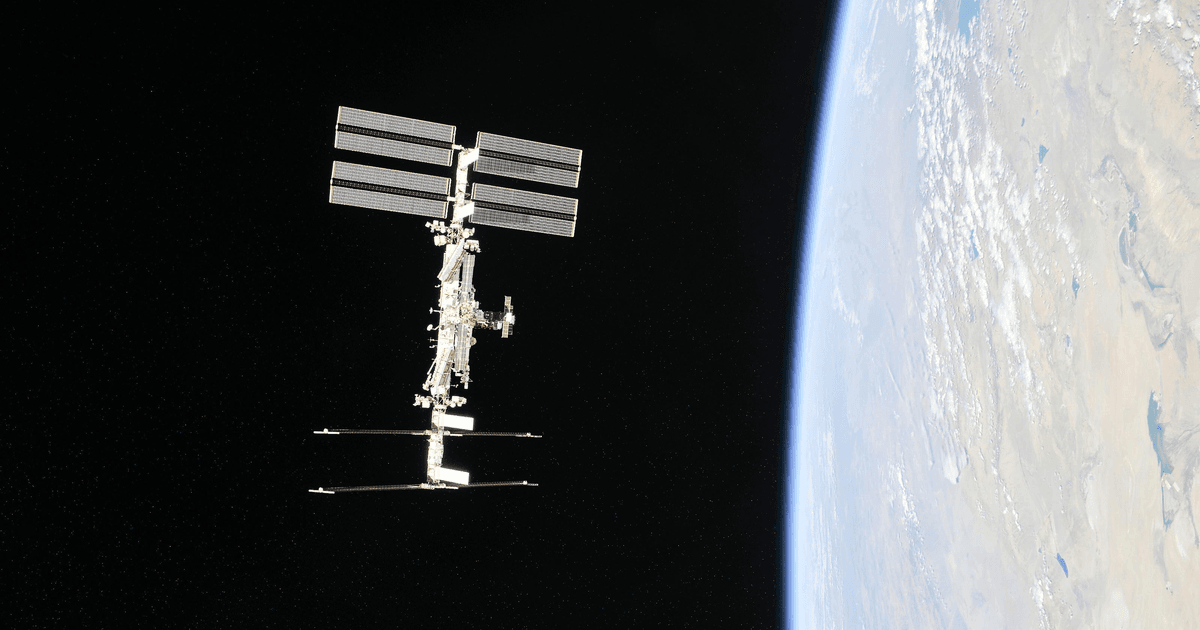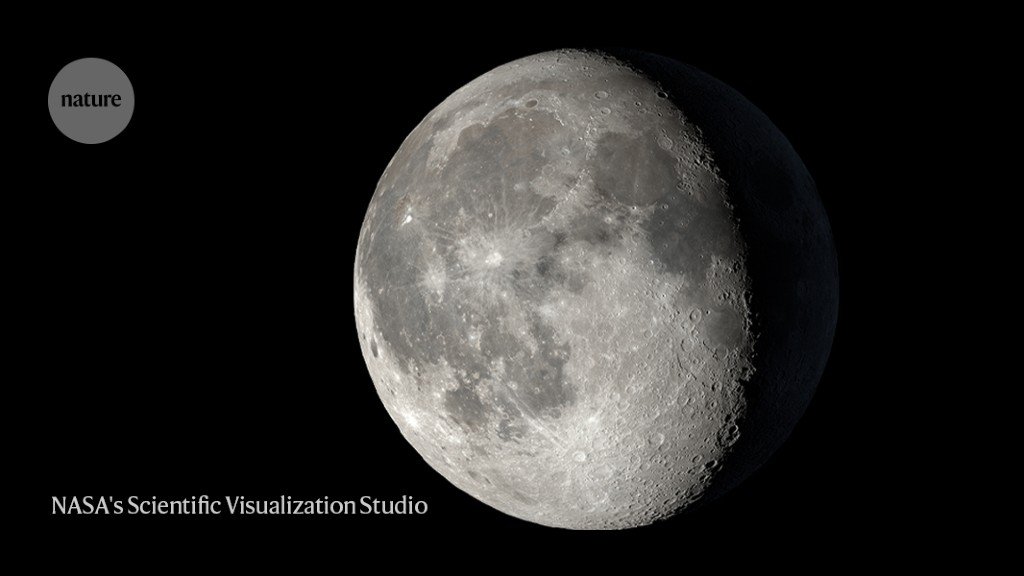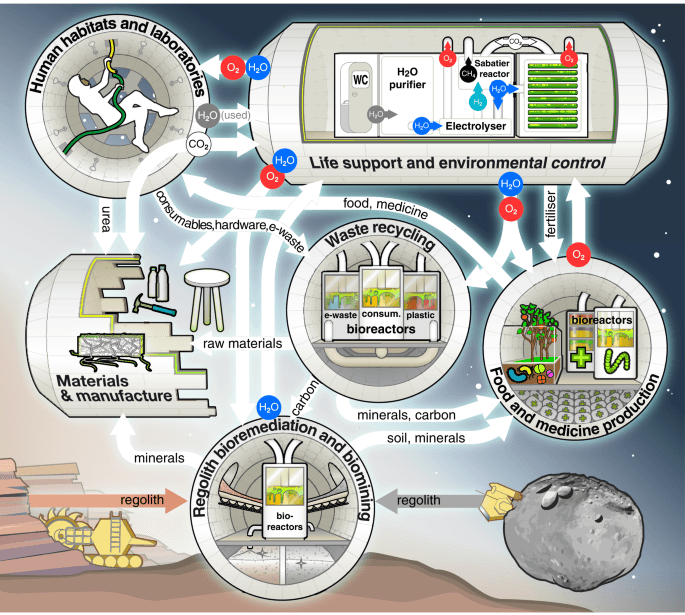In the half-century since humans last landed on the Moon, rapid progress in science and technology has led to robotics and automation enabling the remote exploration of planets, moons, asteroids and comets beyond our own Earth-Moon system. In this same period, our population has doubled, while our use of resources has grown rapidly in quantity and diversity. The motivations for exploring the environment beyond Earth include enhancing scientific knowledge, mitigating hazards, as well as utilising extraterrestrial resources.
The potential detection of life beyond Earth will be a profound contribution to scientific knowledge and our understanding of what it means to be human. The search for evidence of life on Mars is underway with three active rovers on the surface, sent by NASA and more recently China, while evidence from flyby missions to icy moons like Europa and Enceladus reveal that subsurface oceans in the Outer Solar System are also potentially habitable environments.
The ability to study Earth from space has changed our understanding of the planet and the way humans are altering it. This will become increasingly important in the years ahead as we attempt to limit global warming and better understand and simulate the weather. At the same time, remote sensing and signals satellites will continue to provide an indispensable strategic resource for navigation, for trade and for military operations.1 Innovation will play a key role in the next generation of these satellites, with private companies leapfrogging and complementing the ability of state-run constellations.2 As low-Earth orbits become more crowded, orbital management and the removal of debris will become a major ongoing focus of attention.3
Many nations and entrepreneurs are eyeing space as a commercially exploitable resource: there is no shortage of solar energy to harvest; space tourism is an emerging business; the Moon has resources of helium-3, a potential fusion fuel, and water, which can also be converted into fuel; passing asteroids are potentially lucrative sources of minerals and other resources, such as ices and rare metals and Mars has some of the building blocks necessary to support a human presence, such as water ice.
Important questions remain over the legal rights we have to exploit areas beyond Earth (whether, for instance, it is a matter for state or private entities), how we should govern our behaviour in space and to what extent we should preserve what we find for the future. These questions are already being tackled in countries like the United States, which in 2015 became the first country to entitle property rights for resources extracted beyond Earth4, and Luxembourg, which is creating a legal framework for space mining so that businesses can be confident of their rights to the resources they extract.5 In 2020, the European Space Agency established the European Space Resources Innovation Centre in Luxembourg, as a centre of excellence related to the exploitation of space-based resources.6
SELECTION OF GESDA BEST READS AND KEY REPORTS:
In March 2023, a visionary piece originating from a broad international collaboration titled Toward sustainable space exploration: a roadmap for harnessing the power of microorganisms broke new ground. The article unfolds a strategy to employ microbial biotechnologies for a sustainable approach to space exploration, promising applications both in space and in support of the UN's Sustainable Development Goals on Earth. A sample return renaissance, published in April, explores the rationale behind renewed enthusiasm around extraterrestrial sample collection Chronicling both past achievements and recent successes like Hayabusa2 and Chang’e-5, the article offers a glimpse into the anticipated influx of space samples in the upcoming decade. In August, India cemented its space prowess with a landing on the lunar south pole, reported in Nature’s news section as India lands on the Moon! Scientists celebrate as Chandrayaan-3 touches down.
